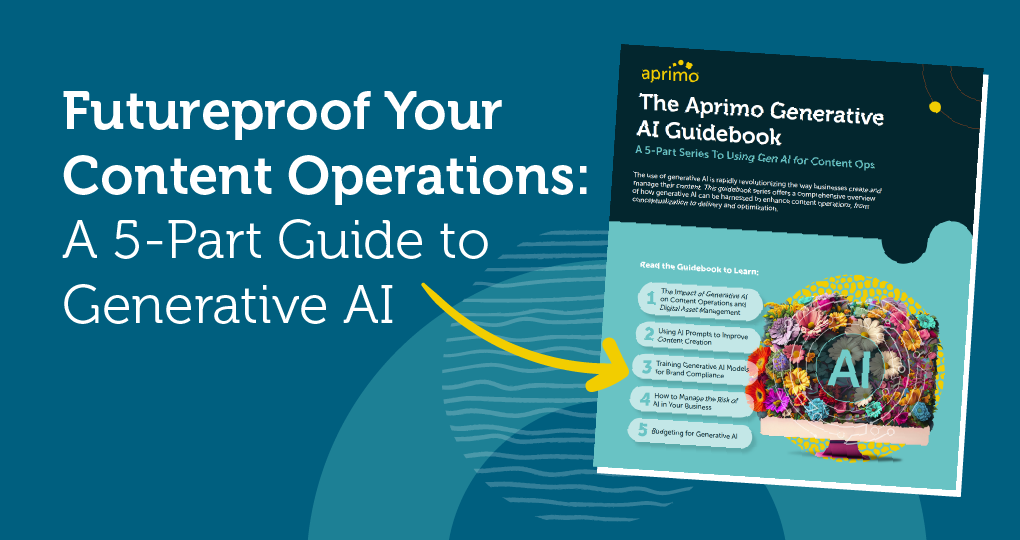Content Velocity: Speeding Up Without Sacrificing Quality

Introduction to Content Velocity
When it comes to digital marketing, content velocity helps organizations reach optimal results quickly. What is content velocity? It refers to the speed at which content is ideated, created, and disseminated, ultimately determining how efficient a marketing strategy is. Mastering content velocity should be a top priority for organizations seeking to stay ahead of their competition. The challenge lies in maintaining a balance between speed and quality. While expediting content production makes it possible to keep up with trends and continually engage audiences, speedy creation can easily compromise quality. One way to achieve balance is by implementing an AI-powered content operations platform. It facilitates content planning, creation, and distribution, making sure that accelerated content production is accompanied by in-depth insights into its performance.

Understanding the Need for Speed
Content marketing and velocity go hand in hand. Trends materialize and disappear quickly, and brands need to up the tempo of their content creation processes to stay relevant. This rapid pace is most evident within social media, where the ability to engage audiences with timely content significantly impacts engagement. For instance, during pivotal cultural or industry events, agile brands capitalize on the immediacy of these moments to curate content that resonates. This allows these brands to foster meaningful connections with their audience in real time.
Strategically publishing timely content notably influences SEO outcomes. If a company promptly publishes a high-quality blog post addressing a current industry development, it will capture the attention of an actively seeking audience and signal the content’s timeliness and value to search engines. The brand’s SEO rankings then lift, positioning it as an authority within its domain.
Strategies for Accelerating Content Production
Organizations can adopt strategic approaches that increase efficiency without compromising on excellence.
-
Implementing efficient content creation workflows delineates tasks, assigns responsibilities, and establishes clear approval processes. Teams can navigate the production pipeline seamlessly. For instance, breaking down content creation into specific phases, such as ideation, drafting, and editing, minimizes the risk of delays.
-
Leveraging automation tools, like AI-powered content planning platforms, can eliminate repetitive tasks, from scheduling social media posts to optimizing keyword strategies. Digital asset management software, for example, streamlines access to relevant materials.
-
Collaboration and communication tools make all the difference in content production. Project management tools make sure that all team members are on the same page. Regular check-ins, facilitated by communication platforms, foster a culture of openness, quick decision-making, and problem-solving.


Quality Control Measures
Maintaining High-Quality Content
Organizations that recognize the impact of content on their reputation will produce assets that meet a high standard of excellence. A dedication to quality sets the foundation for successful content velocity marketing, and it guarantees that swift production never compromises the brand. For instance, a well-researched and expertly written whitepaper not only positions a company as an industry authority but also attracts and retains a loyal audience.
Thorough Proofreading and Editing Processes
Consider establishing a thorough content review system that involves multiple team members who assess content for grammar, style, and factual accuracy. Dividing the editing process into distinct phases that each focus on a specific aspect of content refinement adds layers of scrutiny without sacrificing efficiency. This careful attention to detail not only safeguards against errors but also contributes to a polished final product that resonates with the target audience.
Technology for Quality Assurance
Advanced tools such as grammar and spell-check software identify and rectify linguistic errors, expediting the editing phase. AI-driven content analysis tools provide insights into readability, tone, and overall content quality.
Optimizing for SEO Without Sacrificing Quality
Crafting content that balances keywords with natural, engaging language will resonate with both readers and search engine algorithms. For instance, incorporating keywords organically within headings and meta tags enhances search engine recognition without compromising the overall quality of the content. Careful attention to SEO elements such as meta descriptions and title tags sets content up to perform exceptionally well while maintaining its inherent quality and relevance.


Monitoring and Analyzing Performance
Marketing teams must keep a close eye on performance metrics to continually improve strategies. For example, employing platforms that break down user engagement, bounce rates, and click-through rates provides invaluable information for evaluating the effectiveness of content strategies.
Consider a company’s blog that initially focuses on long-form content. By monitoring performance metrics, the marketing team notices increased engagement with visual content. They adapt and integrate infographics and short videos into the blog. As a result, engagement metrics, including time on page and social shares, see a significant uptick. This shift in strategy not only caters to evolving preferences but also improves content performance.
Adapting strategies based on real-time data helps organizations stay responsive to trends and audience preferences. If analytics indicate a spike in engagement with video content, a quick shift towards video-centric assets will pay off. Moreover, a commitment to continuous improvement is crucial for both speed and quality.




